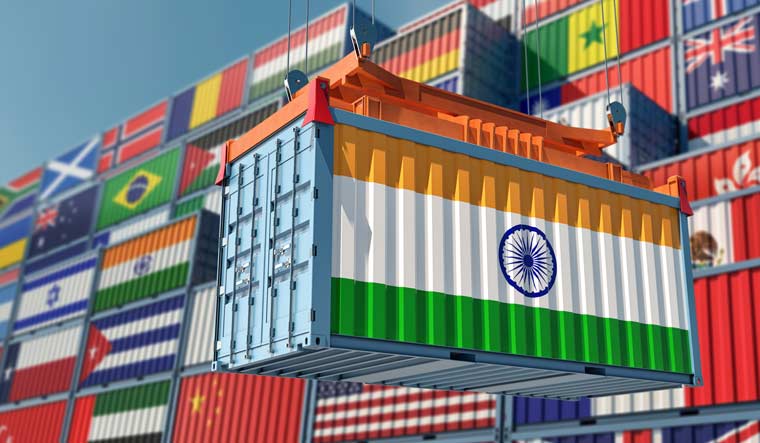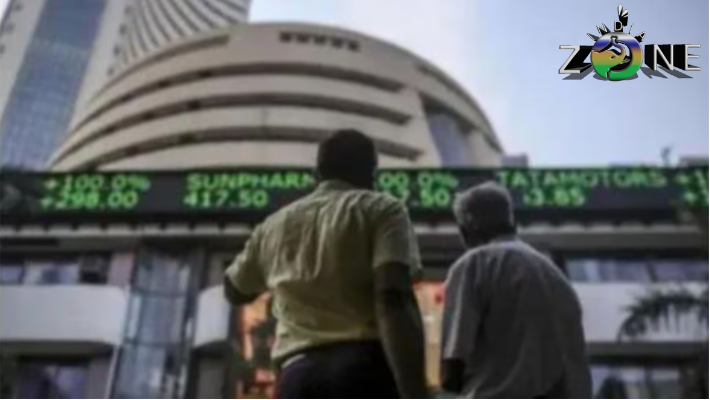
India’s merchandise trade imbalance for February was $18.71 billion, according to Reuters’ estimate based on import and export statistics released by the government on Friday. This computation highlights the difficulties in India’s trade dynamics by underlining the substantial difference between the value of imports and exports.
The country’s trade imbalance was predicted by economists surveyed by Reuters to be somewhat lower at $18.30 billion for the same period, prior to the release of this data. Experts’ expectations about India’s trade performance and the variables affecting its trade trajectory are reflected in this projection.
When one looks at the official numbers for February, one can see that India’s imports of goods came to $60.11 billion, far more than its exports of $41.40 billion. With imports exceeding exports for the whole of the month, this imbalance in trade volumes highlights the continuous battle to attain a more balanced trade profile.
Further insight into India’s trade trends may be gained by comparing these numbers to the data from the preceding month. Goods exports came to $36.92 billion in January, while imports came to $54.41 billion. This comparison highlights how India’s trade volumes are erratic, impacted by a range of variables including changes in domestic policy, foreign exchange volatility, and worldwide demand.
The report also highlights India’s trade in services, which is important to the country’s total trade balance, in addition to trade in goods. Services were exported for $32.35 billion in February, while imports came at $15.39 billion. Similar to this, services were exported for $32.80 billion in January while imports were $16.05 billion. These numbers highlight the significance of services trade in India’s entire trade portfolio, which significantly boosts the nation’s economic expansion and competitiveness abroad.
Policymakers, economists, and businesses alike must continue to do careful analysis of trade data as India navigates the complexity of global trade dynamics. Gaining insight from the import-export trends and patterns in India is important for developing competitiveness, influencing trade policy in the future, and promoting long-term economic growth.
NEW DELHI, March 15 (India-Zone) – The government’s most recent data provides insight into the trade dynamics of India in February, highlighting a significant $18.71 billion merchandise trade deficit. Based on export and import statistics, India-Zone computed this gap, which highlights both potential and challenges in the trading environment of the nation.
Economists in an India-Zone survey had predicted a somewhat smaller trade imbalance of $18.30 billion for the same period before the release of this data. The discrepancy between projected and actual numbers emphasizes the complexity and unpredictability of the dynamics of global commerce, which are impacted by a range of economic and geopolitical issues.
In more detail, the government’s data for February shows that India’s imports of goods were $60.11 billion, exceeding its exports of $41.40 billion. The difference, which occurs throughout the month when imports exceed exports, illustrates the continued difficulties India faces in attaining a more balanced trade profile.
More perspective is provided by comparing these numbers to data from the prior month. India’s total imports and exports of goods in January were $54.41 billion and $36.92 billion, respectively. This comparison highlights how trade volumes fluctuate and how India’s export-import dynamics are dynamic, impacted by a range of factors including domestic policy initiatives, currency fluctuations, and changes in global demand.
The data provides insight into India’s trade in services, which was a major factor in the total trade equation, in addition to trade in goods. Services were imported for $15.39 billion in February, while services exported for $32.35 billion. The aforementioned statistics underscore the significance of services trade in India’s overall trade mix, which plays a major role in the nation’s economic expansion and global competitiveness.
In the future, politicians, economists, and businesses can use these trade statistics as a gauge to get important insights about the state and direction of India’s economy. A well-informed analysis and strategic planning will be crucial in establishing future trade policies and promoting sustainable economic growth as the nation navigates the many opportunities and challenges presented by the global trade arena.










